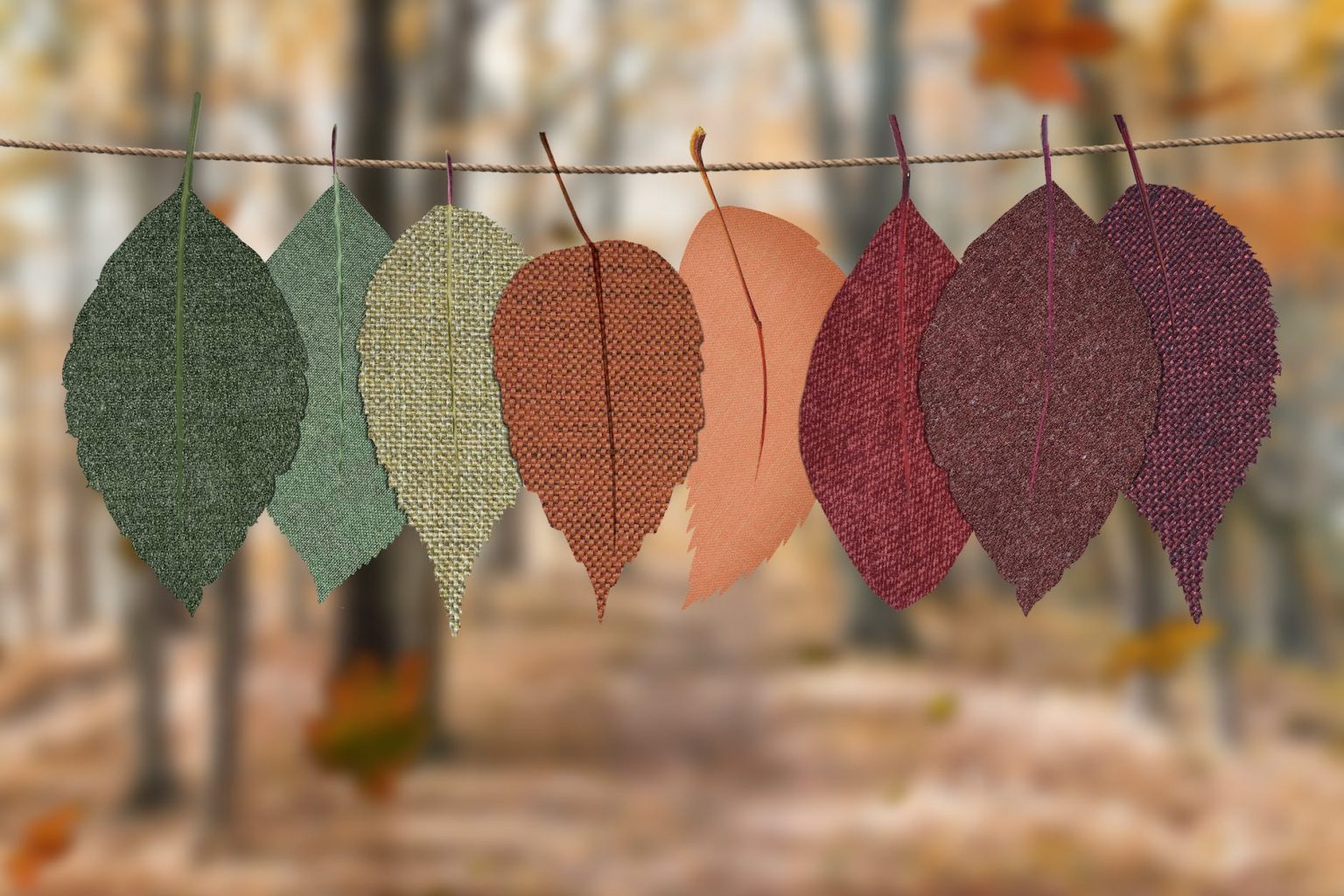Textiles have played a significant role in human civilization for centuries, serving as a means of self-expression, cultural identity, and trade. From intricate tapestries to vibrant fabrics, the world of textiles is a rich tapestry of diverse traditions and craftsmanship. In this blog post, we will explore some of the fascinating textile traditions from around the globe.
One of the most well-known textile traditions is found in India. The country is renowned for its vibrant and intricate fabrics, such as the famous sarees. These garments are made from various materials, including silk, cotton, and chiffon, and are often adorned with intricate embroidery and embellishments. Each region in India has its own unique style and technique, reflecting the cultural diversity of the country.
Moving towards the Middle East, we encounter the rich tradition of Persian carpets. These exquisite handwoven carpets are known for their intricate patterns and vibrant colors. Persian carpets are not only beautiful but also tell stories of the region’s history and culture. The craftsmanship involved in creating these carpets is a testament to the skill and dedication of the artisans.
In Southeast Asia, batik is a textile tradition that has captivated the world with its intricate designs. Originating from Indonesia, batik involves the application of wax and dyes to create unique patterns on fabric. The process is labor-intensive and requires great precision. The resulting fabrics are often used for clothing, home decor, and even artwork.
Moving across the Atlantic, we arrive in South America, where the traditional textile art of weaving is deeply ingrained in the culture. The Andean region, particularly Peru, is known for its vibrant textiles made from alpaca and llama wool. The intricate patterns and vibrant colors used in these textiles reflect the connection between the weavers and their natural surroundings.
In Africa, the textile tradition of kente cloth stands out. Originating from Ghana, kente cloth is handwoven from silk or cotton and is characterized by its vibrant colors and intricate geometric patterns. Each pattern holds symbolic meaning, and the cloth is often worn during special occasions and celebrations.
These are just a few examples of the diverse textile traditions found around the world. Each tradition carries with it a unique story, reflecting the cultural heritage and creativity of its people. Exploring these traditions not only allows us to appreciate the beauty of textiles but also helps to preserve and promote these rich cultural practices.
In conclusion, the world of textiles is a global tapestry of diverse traditions and craftsmanship. From the intricate sarees of India to the vibrant kente cloth of Ghana, each textile tradition tells a unique story. By exploring and celebrating these traditions, we can foster a greater appreciation for the artistry and cultural significance of textiles worldwide.





